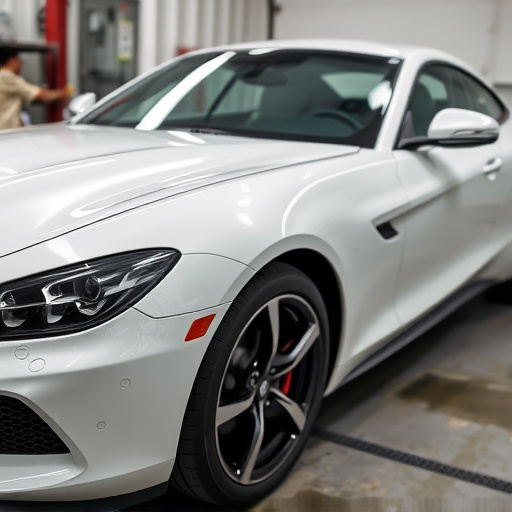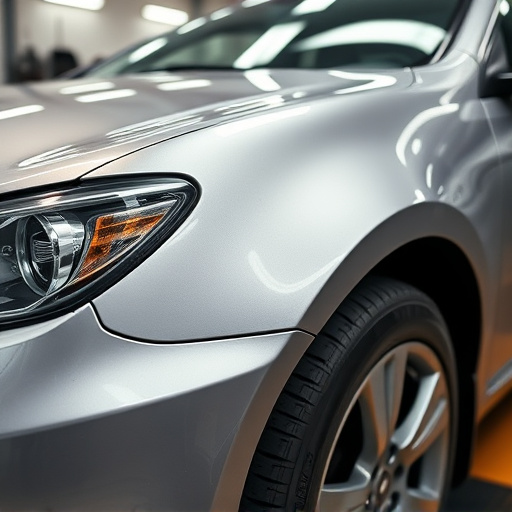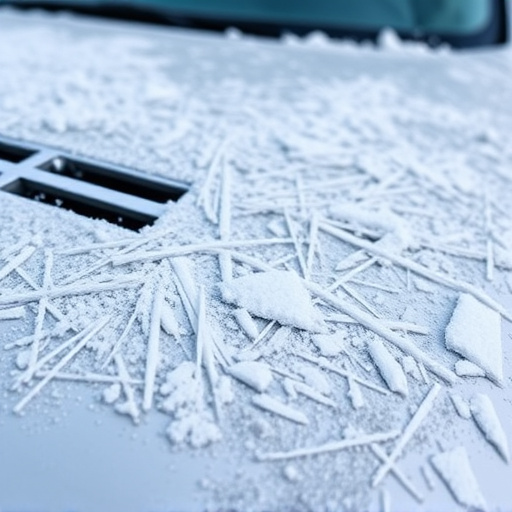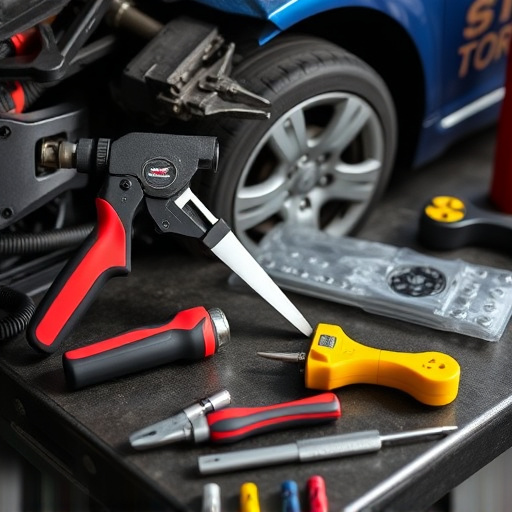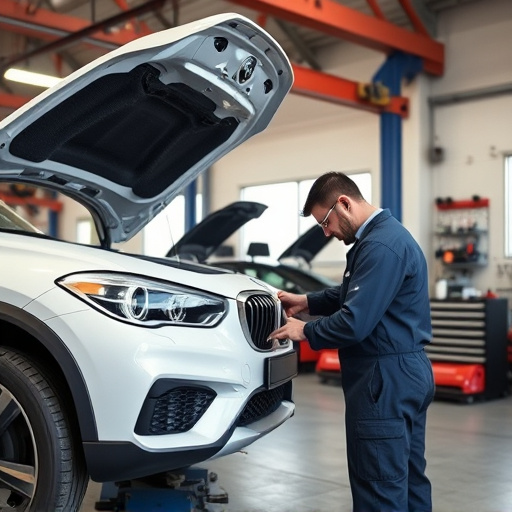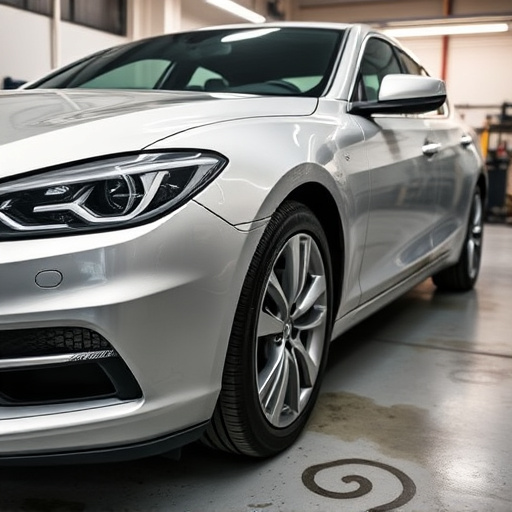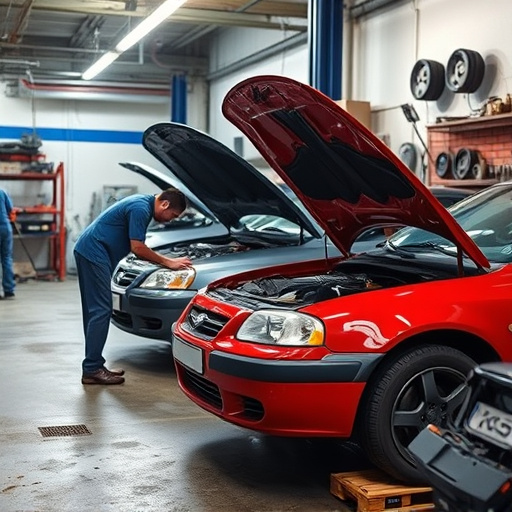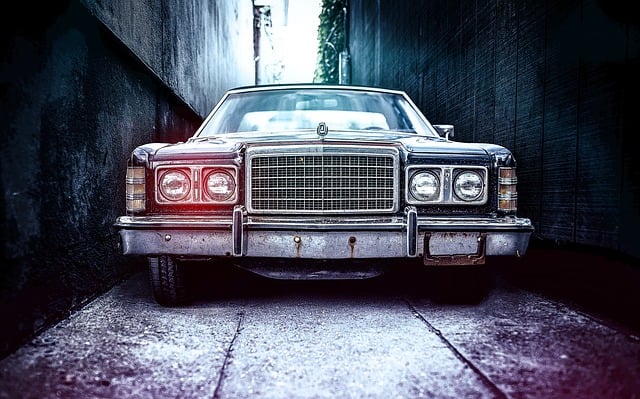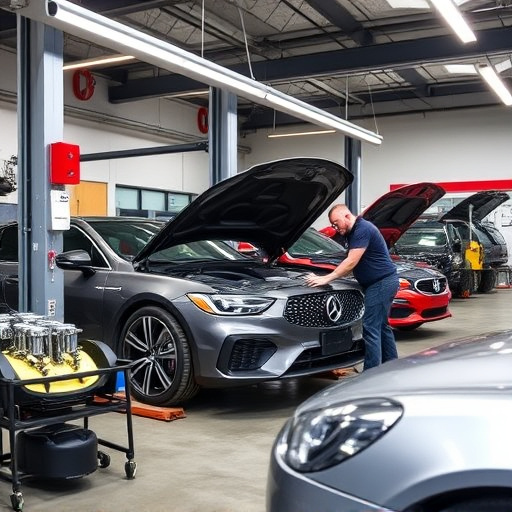Windshield calibration is essential for modern vehicles to ensure sensor alignment and optimal performance. Critical after painting or bodywork, it prevents fusion issues and false readings, enhancing safety and driving experience. In autonomous vehicles and ADAS, misalignment can lead to severe consequences, so regular calibration by auto body professionals is vital for reliable data collection and improved safety.
Windshield calibration is a critical process that ensures the accurate alignment and functionality of sensors in modern vehicles. By precisely calibrating the windshield, automotive manufacturers minimize sensor misalignment issues, enhancing safety and performance. This article delves into the fundamental concept of windshield calibration, explores common sensor alignment problems, and highlights the significant advantages of implementing this essential practice. Discover how it revolutionizes in-cabin technology, ultimately benefiting drivers and vehicle dynamics alike.
- Understanding Windshield Calibration: The Basic Concept
- Sensor Alignment Issues: Causes and Effects
- Implementation and Benefits of Windshield Calibration
Understanding Windshield Calibration: The Basic Concept
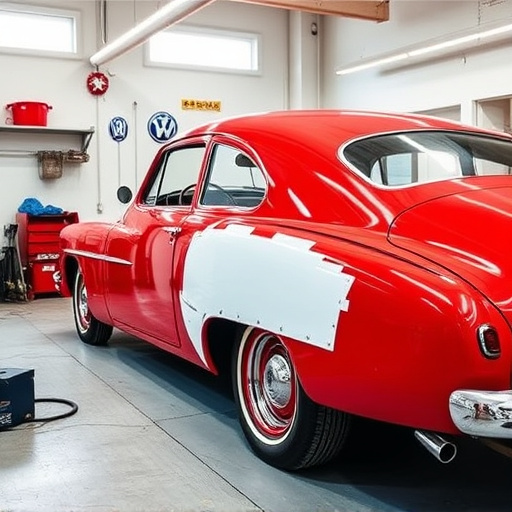
Windshield calibration is a crucial process that aligns the vehicle’s sensors with its structural components, ensuring optimal performance and safety. The basic concept involves adjusting the positioning and settings of various sensors mounted on or around the windshield to match the precise geometry of the glass itself. This meticulous calibration is essential for modern cars, which rely heavily on sensor technology for advanced driver-assistance systems (ADAS) like adaptive cruise control, lane departure warning, and automatic emergency braking.
When a car undergoes auto painting or car bodywork services, it’s even more critical to perform windshield calibration. Even the slightest misalignment in sensors can lead to sensor fusion issues, where data from multiple sensors fails to accurately represent the vehicle’s actual state. This can result in false readings and potentially hazardous driving conditions. By meticulously calibrating the windshield, a car repair shop ensures that every sensor is working in harmony with the vehicle’s structure, enhancing safety, precision, and overall performance on the road.
Sensor Alignment Issues: Causes and Effects
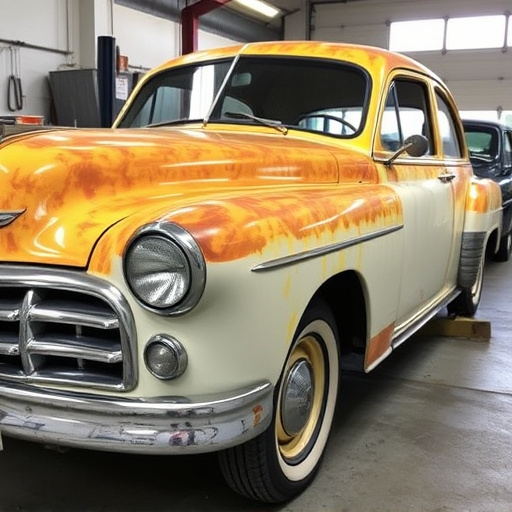
Sensor misalignment issues can be a significant concern for autonomous vehicles and advanced driver-assistance systems (ADAS). These problems arise from the improper positioning or calibration of sensors, leading to inaccurate data collection and interpretation. Various factors contribute to sensor alignment issues, including manufacturing defects, installation errors, and environmental factors. For example, a slightly off-center camera might fail to capture crucial road signs or markings, affecting the overall safety and performance of the vehicle’s safety systems. Similarly, misaligned LiDAR sensors could produce inaccurate distance readings, causing the vehicle to misinterpret its surroundings, potentially leading to collisions or other forms of car damage repair.
The consequences of sensor misalignment can be dire, impacting not only the functionality of ADAS but also the overall driving experience and road safety. At an auto body shop or auto repair near me, professionals emphasize the importance of proper windshield calibration as a preventive measure. Windshield calibration ensures that all sensors mounted on or around the windshield are accurately aligned and functioning optimally. This process helps to mitigate sensor misalignment issues by creating a precise reference point for data collection, thereby enhancing the reliability and effectiveness of advanced safety features.
Implementation and Benefits of Windshield Calibration
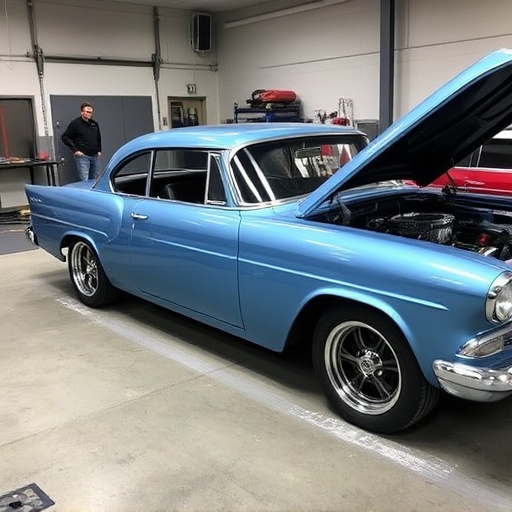
Windshield calibration is a meticulous process that plays a pivotal role in modern automotive technology. This technique involves precisely adjusting and fine-tuning the position and alignment of the windshield sensor system, ensuring optimal performance and accuracy. The implementation begins with advanced tools and software that capture detailed measurements, identifying any deviations from the vehicle’s original specifications. By addressing these discrepancies, technicians can rectify issues related to sensor misalignment, which may have been caused by factors like manufacturing tolerances or damage during installation or accidents.
The benefits of this calibration process are multifaceted. It enhances the overall functionality of advanced driver-assistance systems (ADAS), including adaptive cruise control, lane departure warning, and forward collision avoidance. These systems rely heavily on accurate sensor data to provide safe and efficient driving assistance. Moreover, regular windshield calibration contributes to improved car paint services and auto repair services by ensuring that any adjustments made during body restoration are accurately accounted for, preserving the integrity of the vehicle’s structural and aesthetic elements.
Windshield calibration is a vital process that ensures sensors in modern vehicles function accurately, enhancing safety and performance. By addressing sensor misalignment issues, this technology plays a crucial role in navigating today’s digital automotive landscape. Implement windshields calibration to prevent potential problems, ensuring your vehicle’s systems operate seamlessly for years to come.

